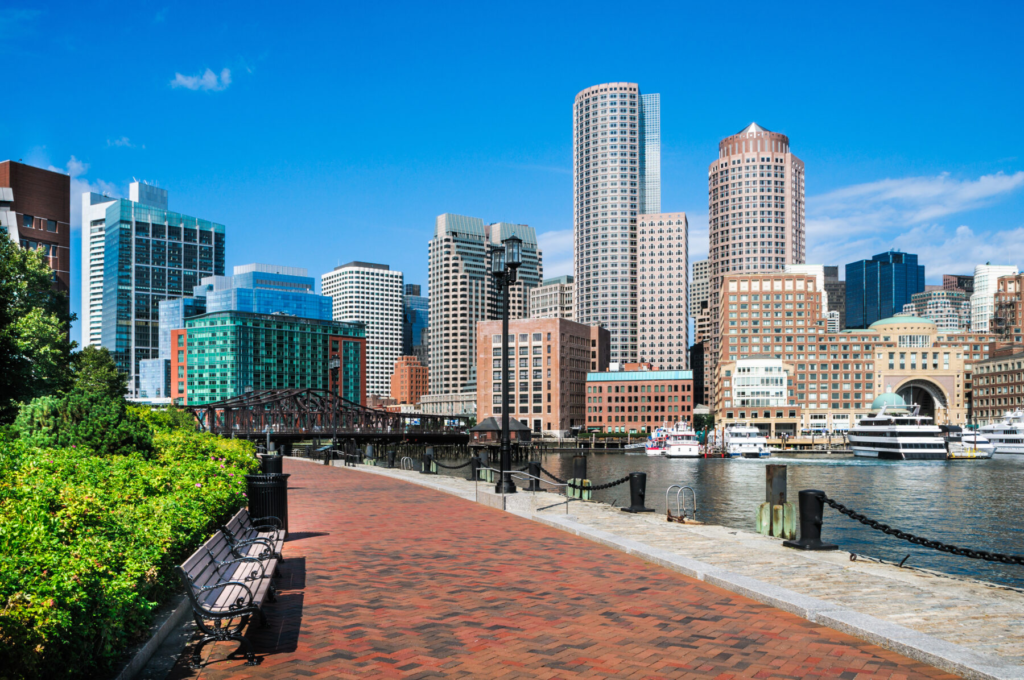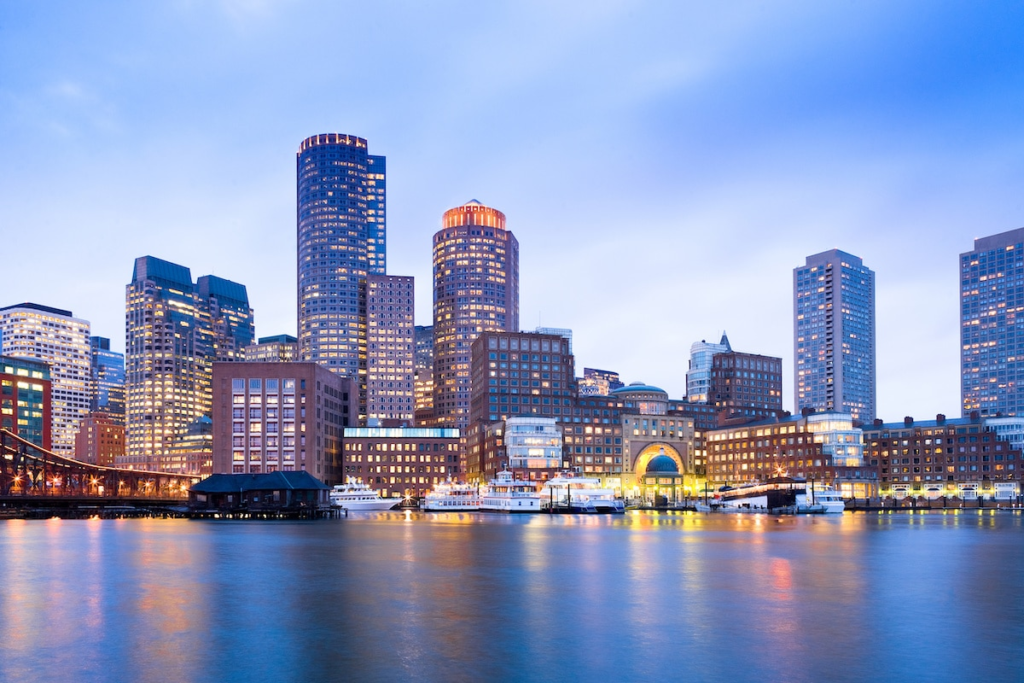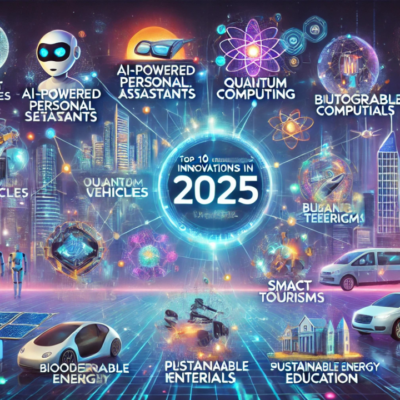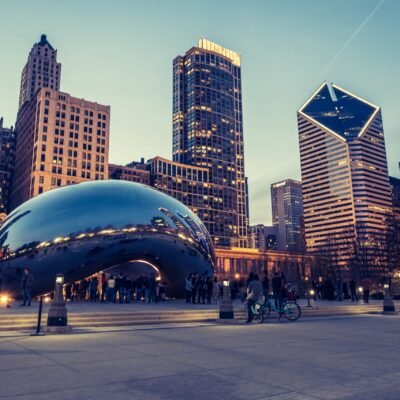Boston is breathing new life into its historic waterfront. The Boston Waterfront District is undergoing a major transformation, turning this iconic area into a cutting-edge mixed-use development. The project brings together luxury residential spaces, high-end office buildings, and public recreational zones—all designed to create a more vibrant, accessible, and sustainable community.
According to Boston Planning & Development Agency, the redevelopment initiative is part of the city’s long-term urban renewal vision. This transformation is expected to significantly boost local tourism, attract global investments, and improve the quality of life for both residents and visitors.
From Historic Port to Future-Focused Community
The Boston Waterfront has always played a key role in the city’s history. Once a bustling hub for shipping and trade, the area has slowly evolved over the years, but some parts remained underdeveloped. The new plan aims to fix that by turning underused spaces into a lively destination that supports both economic growth and community engagement.

As part of the project, many historic elements—like old warehouses and maritime structures—are being preserved and incorporated into the new design. This approach creates a beautiful balance between Boston’s rich heritage and its future vision.
What the Waterfront Transformation Includes
The new Boston Waterfront District will offer a dynamic mix of:
- Luxury Residential Units
These will include high-rise apartments, waterfront condos, and affordable housing. Many homes will feature panoramic views of the harbor and include eco-friendly design elements like solar panels and rainwater collection systems. - State-of-the-Art Office Spaces
Tech companies, startups, and creative firms are expected to flock to these modern office buildings equipped with smart lighting, energy-efficient HVAC systems, and coworking spaces. According to Boston Real Estate Times, more than 1.5 million square feet of commercial office space will be created in the next five years. - Public Parks and Open Spaces
The plan includes new green spaces, waterfront promenades, playgrounds, and even an amphitheater for public performances. These spaces are designed to encourage outdoor activities, community events, and family gatherings. - Retail and Dining Experiences
There will be plenty of options for shopping and dining, with many local businesses and food vendors getting featured. Expect everything from artisan coffee shops to seafood restaurants that highlight Boston’s coastal identity.
Sustainability and Resilience at the Core
The Boston Waterfront transformation is not just about aesthetics and utility—it’s also a step forward in climate resilience. With rising sea levels and stronger storms posing a real threat, the new district will feature flood barriers, permeable pavements, elevated walkways, and sustainable drainage systems.
Additionally, green building certifications such as LEED (Leadership in Energy and Environmental Design) are being targeted across all new construction. These efforts are in line with Boston’s Climate Action Plan, which seeks to make the city carbon neutral by 2050.
Economic Benefits for the City
Experts believe this development will be a game changer for Boston’s economy. By attracting international businesses and creating thousands of new jobs, the waterfront project is set to become one of the most valuable pieces of real estate on the East Coast.

Tourism is also expected to rise. With more public attractions, events, and scenic spots, the city hopes to attract not only American tourists but also travelers from around the world.
According to data from Massachusetts Office of Travel & Tourism, waterfront attractions like these already generate millions in annual revenue—and this project could double that impact over the next decade.
Community Involvement and Feedback
This transformation hasn’t been a top-down project. The City of Boston has made community engagement a central part of the planning process. Public hearings, surveys, and local workshops were held to gather input from residents, businesses, and neighborhood associations.
The result? A development that reflects the needs and desires of the people it aims to serve. Local artist collaborations, cultural installations, and small business grants are being integrated into the waterfront, ensuring that the area maintains a strong Boston identity.
Construction Timeline and Completion
The full redevelopment is expected to be completed in phases over the next 8–10 years. The first phase, which includes a major public park, two residential towers, and the first wave of retail spaces, is already underway and expected to open by late 2026.
Future phases will focus on expanding transportation access, including additional ferry terminals, better pedestrian and bike paths, and improved public transit connections.
Final Thoughts
The Boston Waterfront District transformation is not just another real estate project—it’s a complete reimagining of what an urban waterfront can be. With smart planning, sustainable design, and strong community backing, this redevelopment is set to redefine the way people live, work, and play in Boston.
As the city moves forward with this ambitious vision, one thing is clear: the Boston Waterfront is not just getting a facelift—it’s becoming a model for future cities worldwide.
Also Read – Exciting Meteor Showers and Eclipses Announced by NASA for U.S. Skywatchers





